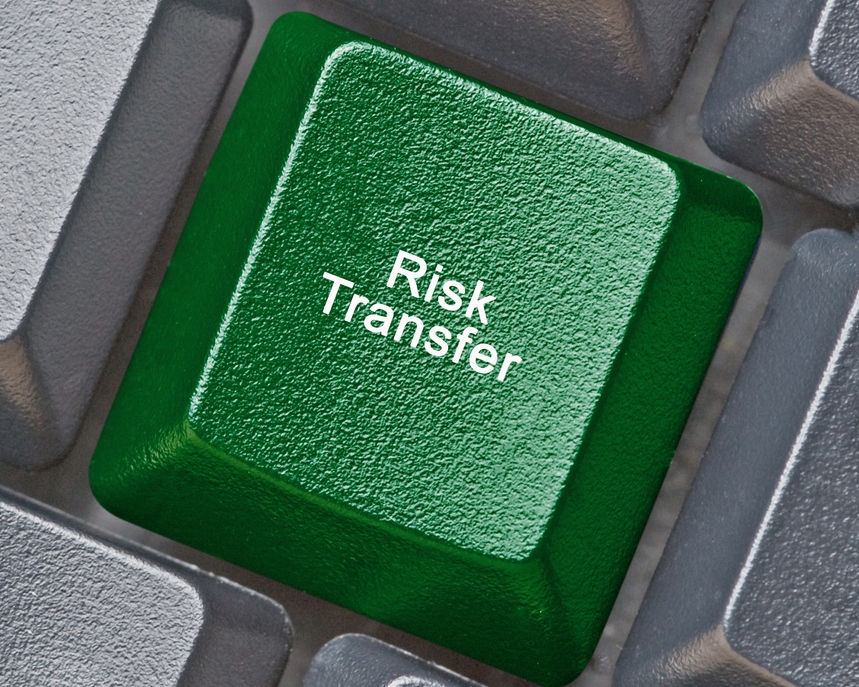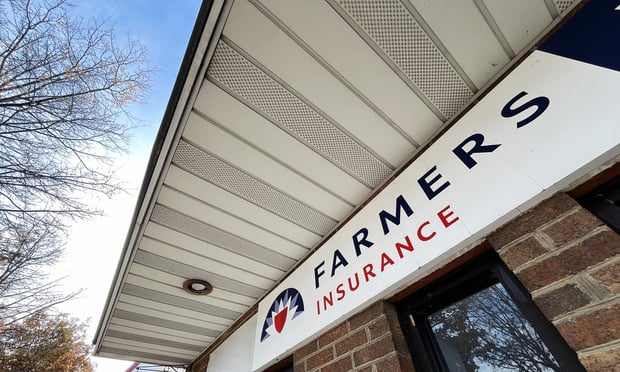Climate and catastrophe risk experts are bracing for a wave of extreme weather events in the coming months and years, as the current El Niño system strengthens to unprecedented levels, and the potential for stronger seismic events in the United States increases.
El Niño, which causes flooding, drought, wildfires and winter storms, is showing no sign of cooling after causing $12.6 billion in natural catastrophe losses during the first half of 2015. In fact, on Nov. 8, 2015, the El Niño index, a measure of Pacific Ocean temperatures, set a record of 2.8, the warmest in recorded history, according to the National Oceanic and Atmospheric Administration.
Meanwhile, catastrophe risks experts are also concerned about recent scientific studies showing an elevated risk of seismic activity in the United States.
According to new research, the New Madrid fault line, which has been more active in recent years, has a greater range of potential earthquake magnitude than previously imagined. The New Madrid Seismic Zone extends through parts of Missouri, Arkansas, Tennessee, Mississippi, Kentucky, Indiana and Illinois.

(Photo: Shutterstock)
Another study produced by NASA’s Jet Propulsion Laboratory is also disconcerting. It predicts a high probability of a significant earthquake striking the greater Los Angeles area within the next three years.
Given these concerns, many companies are stepping up their catastrophe risk management programs going into 2016. In the industrial sector, for example, manufacturers of varying sizes are planning not only for a "Black Swan" event, but also for more frequent and costly natural catastrophe events. (A “Black Swan” event is generally understood to be an event in human history that was unprecedented and unexpected at the time it occurred.)
The following are four catastrophe risk management steps many industrial clients are implementing to help mitigate such risks:

(Photo: Shutterstock)
Set proper limits based on catastrophe modeling
Catastrophe modeling simulates a natural disaster using a company’s location and building information to measure the potential loss that could occur.
By relying on this modeling approach in its pre-underwriting process, appropriate limits can be established on actual risks.
Using this data gives risk managers more negotiating power with carriers, resulting in securing the most appropriate coverage.

(Photo: Shutterstock)
Clarify catastrophe deductible wording
Standard application of percentage-based deductibles for catastrophic claims can be punitive at the time of loss. This is often because of the fact that a common catastrophe deductible applies a percentage (3% to 5%) against all values, and sometimes the property is valued after the loss occurs.
Consider this example: The chief financial officer of a distributor that owns and operates multiple warehouse locations throughout the West and Northwest reviewed the company’s property insurance program. It was not clear how the percentage deductible would work in the event of an earthquake. A prior earthquake loss had resulted in a deductible amount that was 25% larger than expected, affecting that year’s profits significantly.
To address the CFO’s concerns, the distributor had its existing deductible language evaluated, and learned the deductible should have been applied against the total values at an affected location — regardless of the number of buildings damaged. The worst case scenario was found to be 5% of $30 million, or $1.5 million.
The policy wording was refined to create a deductible that was manageable financially, providing clarity for the CFO and improving the worst case scenario to $350,000.

(Photo: Shutterstock)
Flood definition clarification
During El Niño, floods are more common and can affect properties that are not typically hit by floods during normal weather cycles.
Failure to recognize this risk and properly define what constitutes a flood can result in uninsured losses. Companies located in low flood hazard areas usually rely on the standard flood limit of $1 million to $5 million to protect their assets because flooding is highly unlikely.
In El Niño years, however, the standard offering may not be sufficient to protect assets. Negotiating a broad definition of flood and evaluating the value of property at risk will help a business set the proper limits and avoid uncovered losses.

(Photo: Shutterstock)
Contingent business income protection
Companies can experience loss of income caused by a shutdown of operations that is beyond their control. This could occur when key suppliers or customers are forced to cease operations because of an earthquake or flooding event. In many cases, this exposure is not automatically insured under standard policies.
A manufacturer of industrial motors for the oil and gas industry, with annual revenues of $40 million, went through this experience a few years ago. The company at the time depended heavily on a California-based company as its main parts supplier.
Following an earthquake, the supplier’s plant was shut down for six weeks. Consequently, the manufacturer sustained significant loss of revenue because it could no longer obtain the custom-designed parts it needed from the supplier to continue production. In addition, the manufacturer’s property policy was not customized to its actual risk and excluded contingent business income loss.
This exact exposure was evaluated and, subsequently, the manufacturer determined that the total amount of lost income should this supplier shutdown again from another earthquake would be $150,000 per week. Coverage for a contingent business interruption policy was negotiated, which eliminated the company’s uncovered loss exposure to earthquake of $150,000 per week.
Although it’s impossible to predict what the future will bring in terms of natural disasters, leveraging these four steps can help companies better manage their catastrophe exposures and ultimately their financial positions.
Todd A. Cassady, CPCU, is a Midwest region account executive for Valhalla, N.Y.-based insurance brokerage and consulting company USI. His e-mail address is [email protected].
Are you following us on Facebook?
Want to continue reading?
Become a Free PropertyCasualty360 Digital Reader
Your access to unlimited PropertyCasualty360 content isn’t changing.
Once you are an ALM digital member, you’ll receive:
- Breaking insurance news and analysis, on-site and via our newsletters and custom alerts
- Weekly Insurance Speak podcast featuring exclusive interviews with industry leaders
- Educational webcasts, white papers, and ebooks from industry thought leaders
- Critical converage of the employee benefits and financial advisory markets on our other ALM sites, BenefitsPRO and ThinkAdvisor
Already have an account? Sign In Now
© 2024 ALM Global, LLC, All Rights Reserved. Request academic re-use from www.copyright.com. All other uses, submit a request to [email protected]. For more information visit Asset & Logo Licensing.








